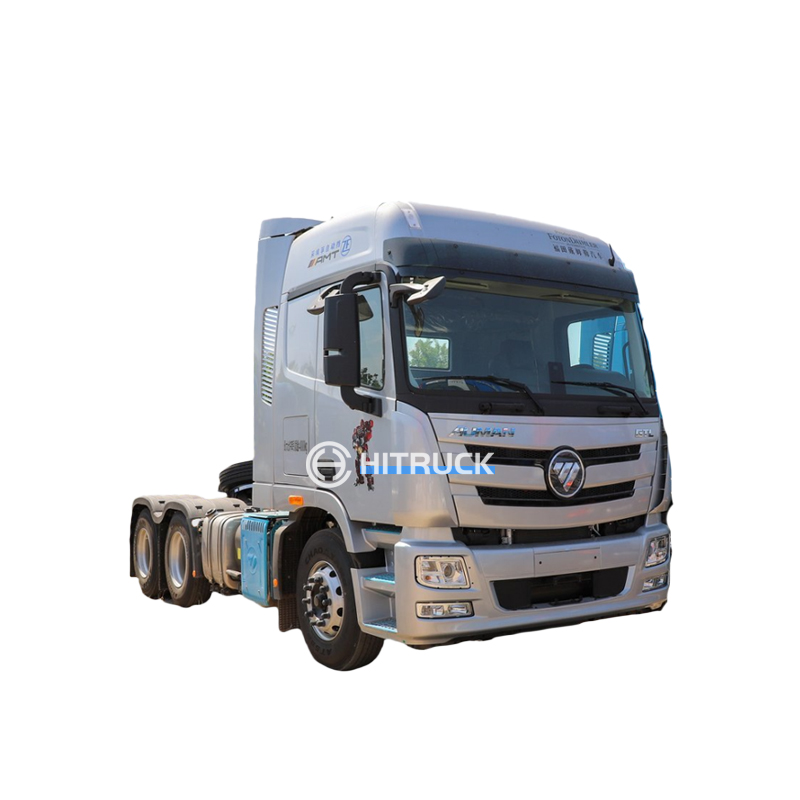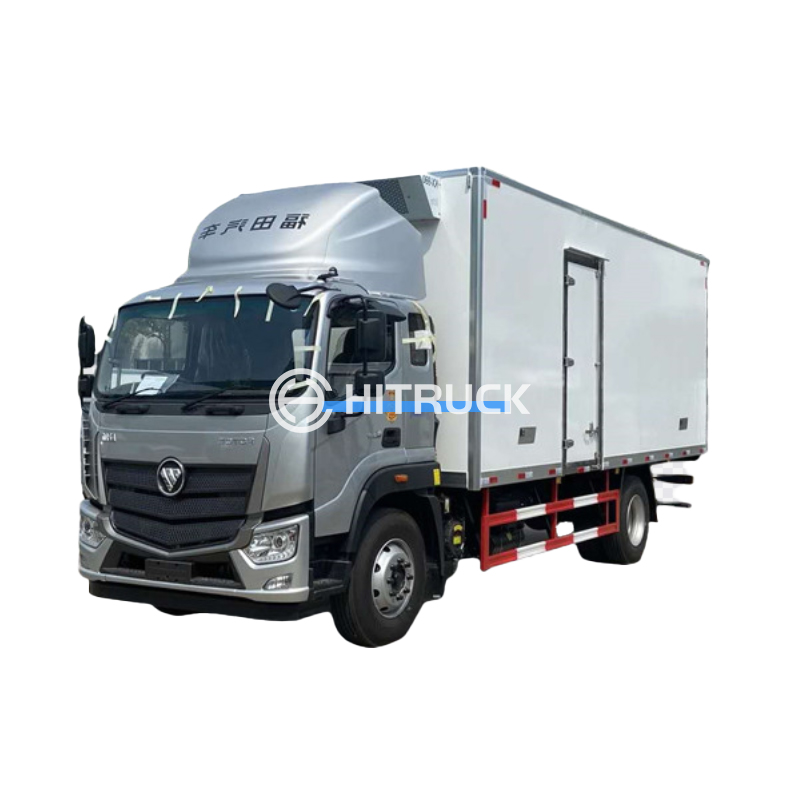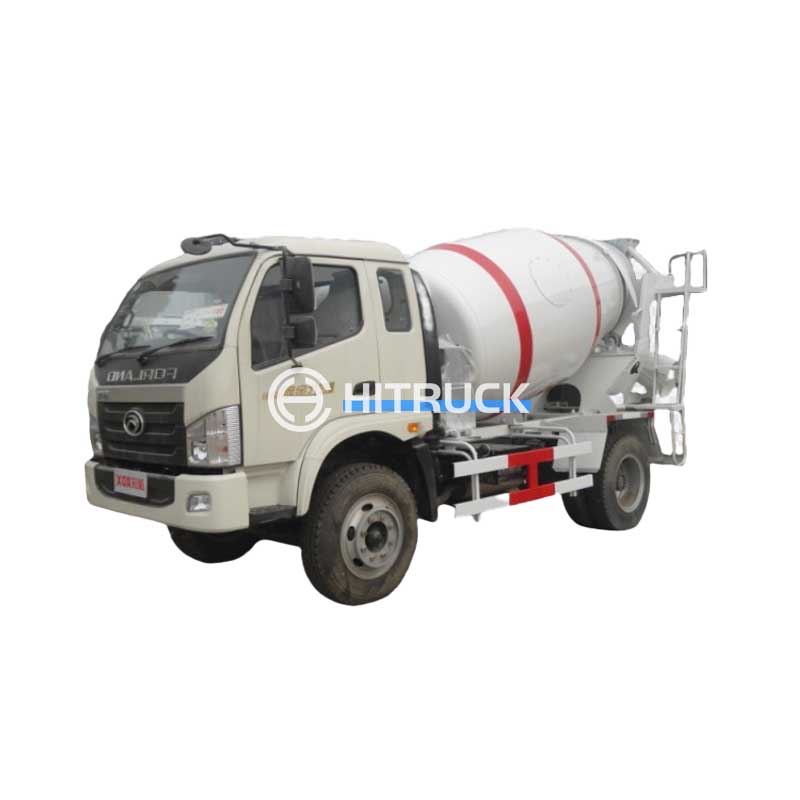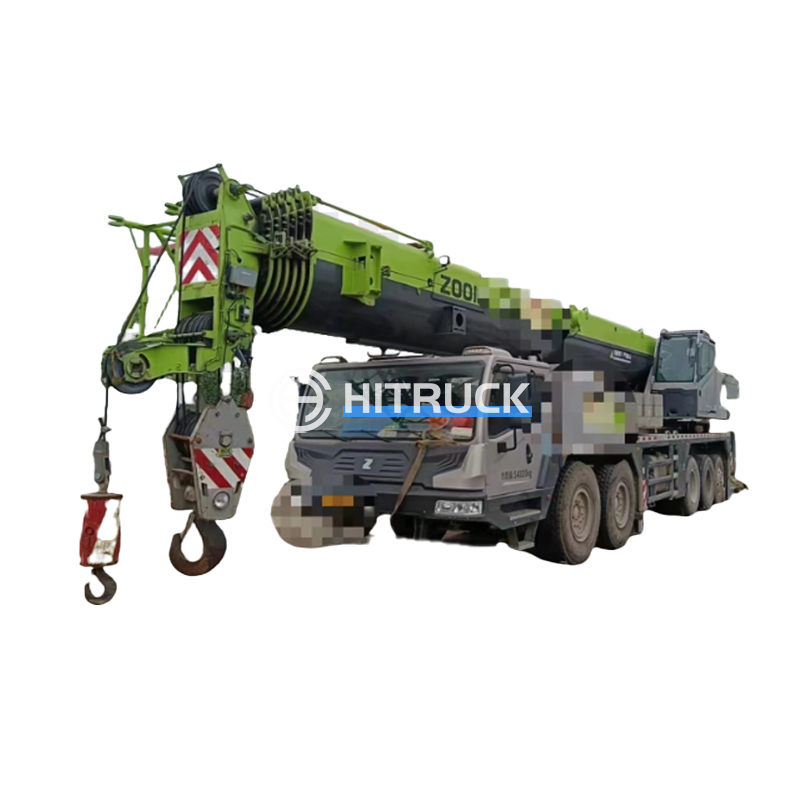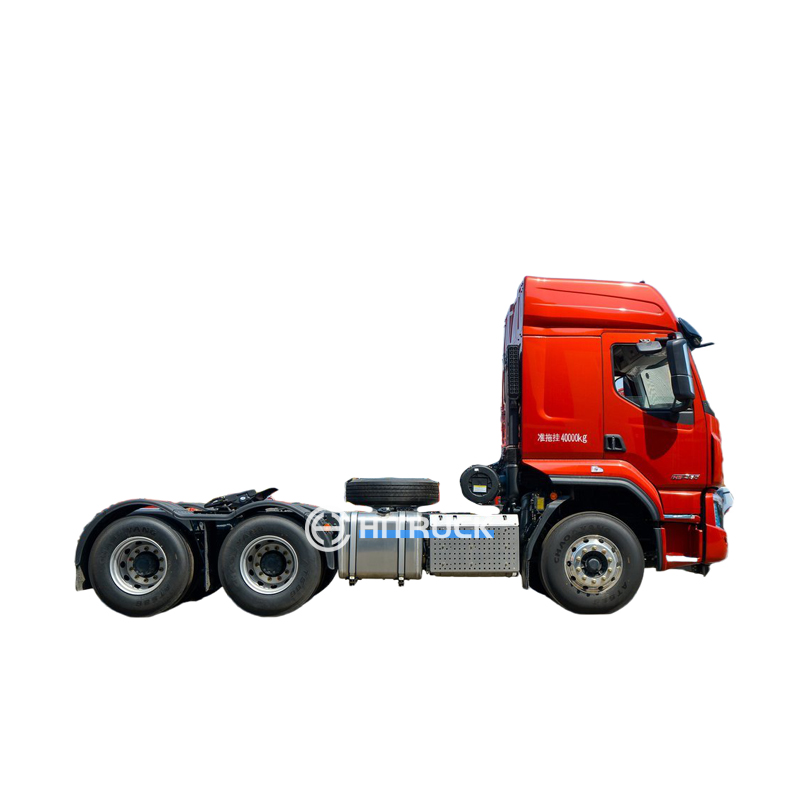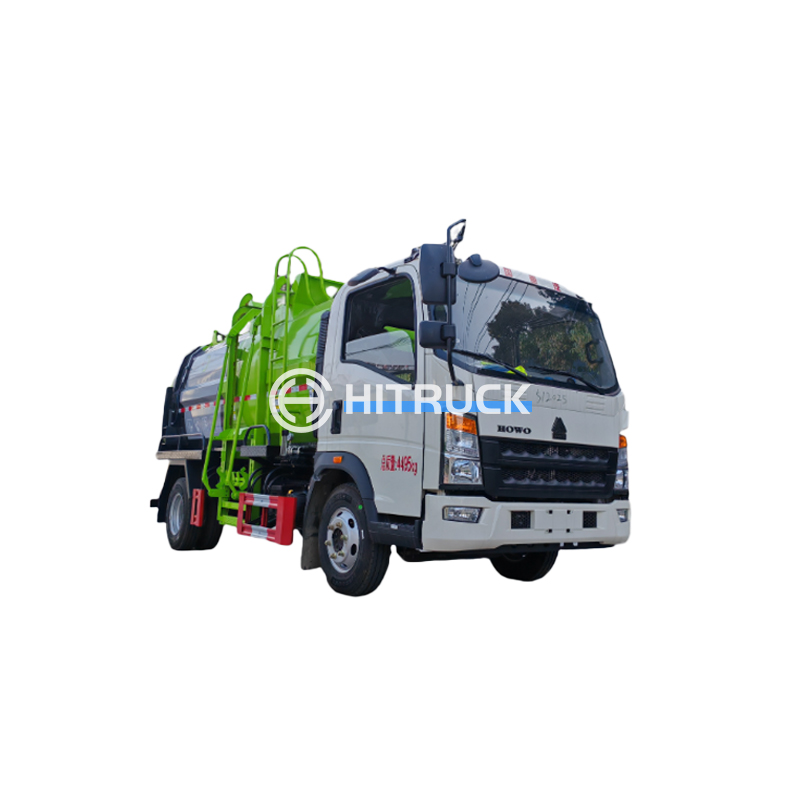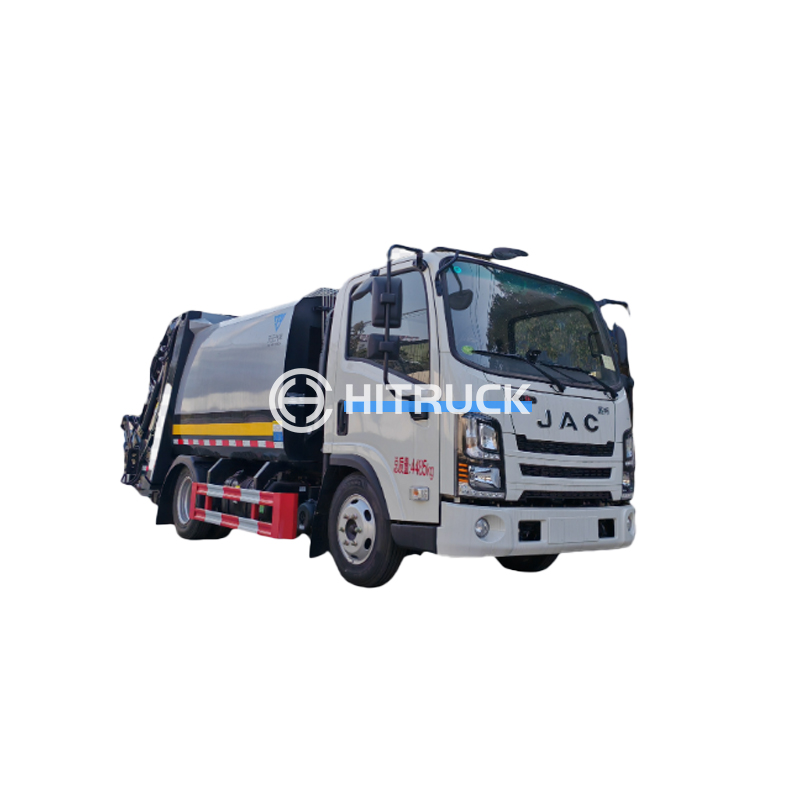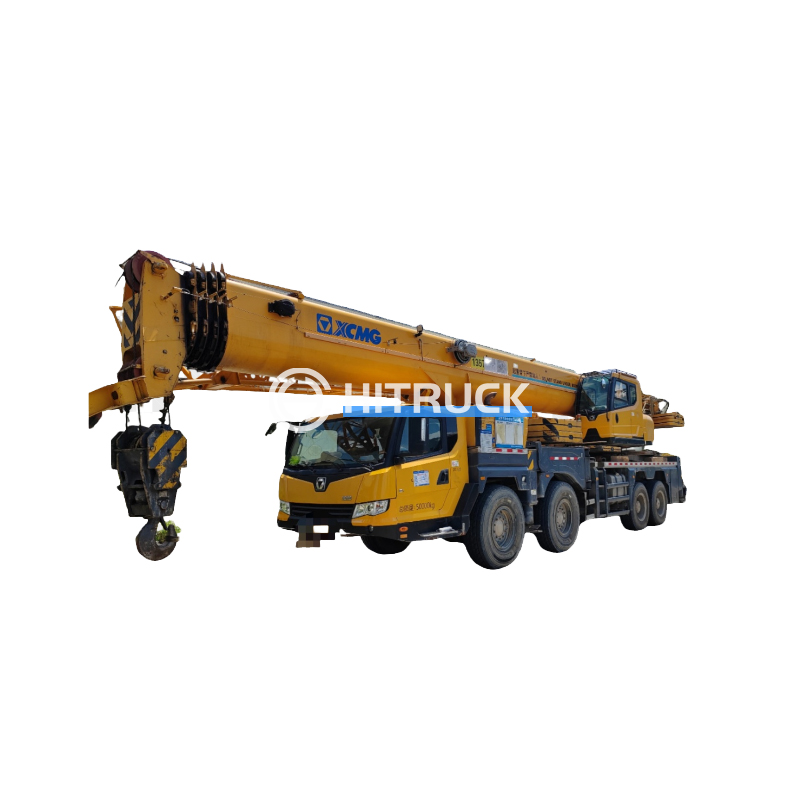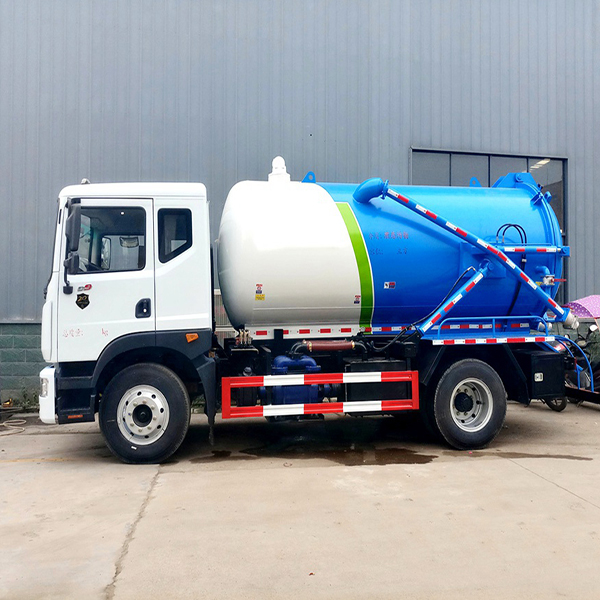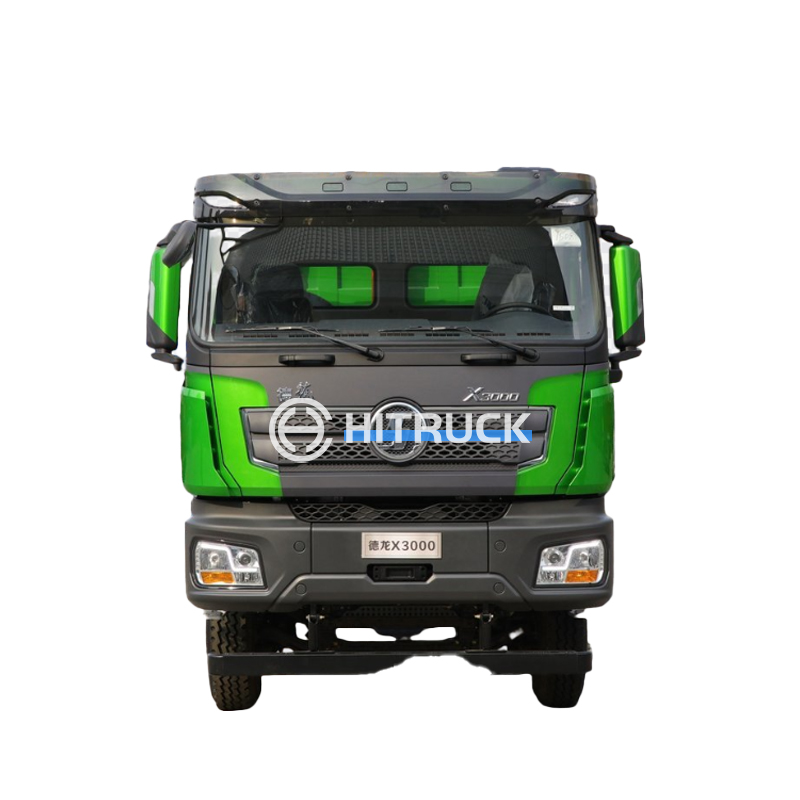This guide provides comprehensive information on selecting a portable water tanker, covering factors like capacity, material, features, and maintenance. Learn how to choose the best portable water tanker for your specific application, whether it's for construction sites, emergency response, agriculture, or other uses. We'll explore various types of portable water tankers available and offer tips for maximizing their lifespan and efficiency. Discover what makes a quality portable water tanker and find resources to help you make an informed decision.
The first crucial step is determining the required water capacity. Consider the frequency of water usage and the duration between refills. Portable water tankers come in various sizes, ranging from small units ideal for household use to large-capacity tanks suitable for industrial applications. Larger tanks generally provide better value for frequent, high-volume needs, but you must consider storage and transportation capabilities. Think about the accessibility of your refill source and the distance to your destination.
Portable water tankers are commonly constructed from different materials, each with its own advantages and disadvantages. Polyethylene (PE) tanks are popular for their lightweight nature, durability, and resistance to corrosion. Steel tanks, while heavier, offer exceptional strength and longevity, but may require more maintenance to prevent rust. Consider the specific demands of your environment and application when choosing your tank material. Some materials are better suited for rough terrain or harsh chemicals.
Many portable water tankers come equipped with additional features to enhance functionality and convenience. These might include:
Research the features that best align with your needs and budget.
Lightweight and relatively inexpensive, plastic portable water tankers, often made from polyethylene, are ideal for various applications, including emergency situations and construction projects. Their low weight makes them easy to move. However, they're usually less durable than steel options and may crack under extreme pressure or in very cold temperatures. Choosing a reputable manufacturer is key to ensuring quality and longevity.
Steel portable water tankers offer superior strength and durability compared to plastic alternatives. They can withstand rough handling and are better suited for heavy-duty applications. However, they're heavier and more expensive. Regular maintenance is necessary to prevent rust and corrosion. The added weight necessitates robust handling and transportation equipment.
Proper maintenance is essential for the longevity of your portable water tanker. Regular cleaning and disinfection will prevent the growth of harmful bacteria and maintain water quality. Inspect the tank for any signs of damage, cracks, or leaks and address them promptly. Always follow the manufacturer's recommendations for cleaning and maintenance.
Safety should always be a priority when handling a portable water tanker. Ensure the tank is properly secured during transport and use caution when filling or emptying it to prevent spills or injuries. Never overload the tank beyond its maximum capacity.
Selecting a reliable supplier is crucial. Look for companies with a proven track record, positive customer reviews, and a wide range of portable water tankers to choose from. Consider factors such as warranty, customer service, and delivery options. At Suizhou Haicang Automobile sales Co., LTD, we pride ourselves on offering high-quality products and exceptional customer service.
| Feature | Plastic Tanker | Steel Tanker |
|---|---|---|
| Weight | Lightweight | Heavyweight |
| Durability | Moderate | High |
| Cost | Lower | Higher |
| Maintenance | Lower | Higher |
Remember to always prioritize safety and choose a portable water tanker that meets your specific needs and budget. Proper research and careful selection will ensure that you get the most out of your investment.

